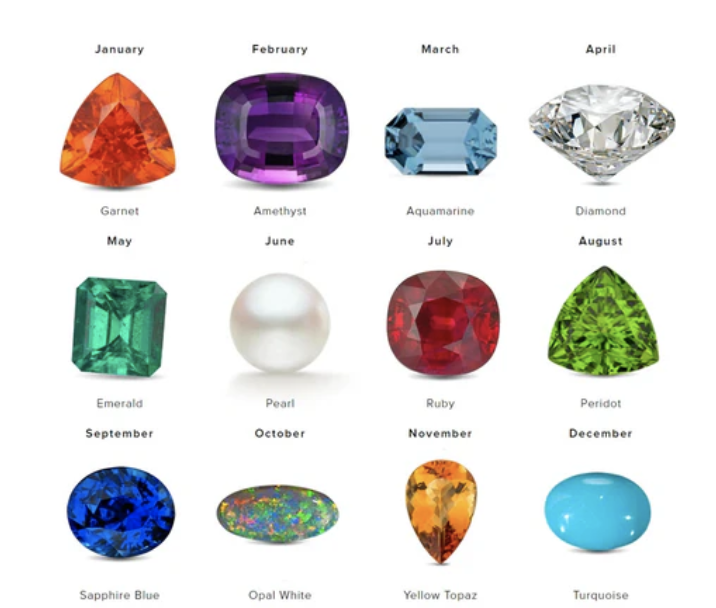Learning Lessons With Taylor Swift (Part 2)
A collage of Taylor performing during her five most recent eras.
June 1, 2023
Welcome back! If you haven’t read “Learning Lessons With Taylor Swift (Part 1), ” then go read it first! If you have, then great! You already know what’s going on… so let’s continue where we left off.
“Reputation” (2017)
Reputation was Taylor’s self-reinvention – for a second time. Similarly to 1989, Reputation broke down the walls the media had built as Taylor embraced the negative image the public had created of her. In Taylor’s song “Look What You Made Me Do,” she essentially makes herself seem like a villain, which she was made out to be during the time. She decided to reclaim her name, which had been so trashed by acting exactly how she had been ridiculed to seem. Through “Reputation,” Taylor has taught me to rise above the noise and not allow others’ negative opinions to tear me down but empower me to prove them wrong.
“Lover” (2019)
The album of Lover is purely a celebration of love. Taylor explores love’s many forms, such as romantic, platonic, and self-love. The album is titled after a single which explores Taylor’s intense romantic feelings for her significant other. Meanwhile, other songs on the album, such as “ME!” and “You Need To Calm Down,” emphasize the importance of self-love, individuality, and acceptance of others. Taylor empowers everyone in this album, and “Lover” reminds me to live precisely like a lover. After all, the world is a much better place when everyone cares for and respects each other.
“Folklore” (2020)
Folklore was another genre shift of Taylor, introducing her listeners to a new world of storytelling. In “Folklore,” Taylor tells the story of a made-up love triangle between three high school students: James, Betty, and an unknown character some have dubbed “Augustine.” In the songs “August” and “Betty,” this love triangle and the affair is illustrated with the most detail compared to other songs on the album. Although these characters are made up, I believe that Taylor has put herself into them, especially in the song “Mirrorball,” where Taylor sings as a character who feels like a person in society who sits on a pedestal while everyone watches them fall apart. Despite finding more entertainment in the incredibly emotional songs on “Folklore” rather than lessons, I believe that I have learned from Taylor in “Folklore” that none of us are perfect and we make all mistakes.
“Evermore” (2021)
“Evermore” is often called a ‘sister album’ to “Folklore” as they have similar sounds and styles. However, “Evermore” is more profound and emotional than its predecessor. In “Evermore,” Taylor appears much more grown-up than in her other albums. In the songs “Champagne Problems” and “’tis the damn season,” Taylor reflects on her past and takes us as listeners through her anguish. Something I find remarkable about “Evermore” is Taylor’s frequent references to nature, and these references make her feelings seem so much more natural and powerful. “Evermore” reminds me of growing up and maturing, as Taylor seems much wiser in this album. She inspires me to persevere through the hard times because we are always getting older and we are always getting wiser.
“Midnights” (2022)
“Midnights” is Taylor’s most recent album, which came out less than a year ago. Taylor has explained that the tracks on “Midnights” bring listeners on a journey through her life, specifically on a journey through 13 of her sleepless nights. Many different occurrences, both good and bad, caused these nights. Songs like “Lavender Haze” explain that Taylor was blissfully in love and was kept up due to this giddy feeling. Meanwhile, songs like “You’re On Your Own Kid” show that Taylor was kept awake due to the possible fear of being on her own. “Midnights” contains many lessons since it is such a versatile album. Still, overall, “Midnights” adds complexity to what “Evermore” has taught me: We will spend our whole lives staying up over something, and we should embrace the changes and learn rather than sulk and stress.
Overall, it is clear that Taylor Swift is truly an artist like no other. She is an icon, yet she feels within reach. Taylor is so relatable and genuine in her feelings that listeners can all find some version of Taylor within themselves. I applaud her for sharing her creativity with the world and teaching people of all ages valuable lessons. Casey Cho (10) said best, “Taylor Swift, you are the music industry.”







































